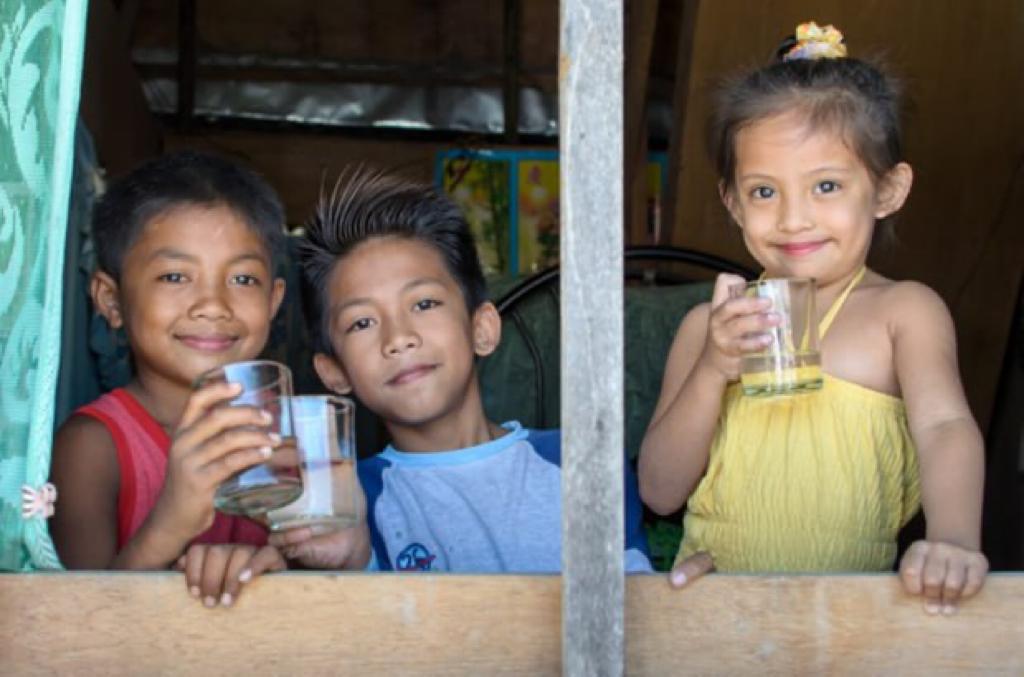
Aside from its affordability for the marginalized, Manila Water’s Tubig Para sa Barangay ensures its beneficiaries get 24/7 clean and potable water by eliminating illegal water connections and providing proper water service. Contributed photo
MANILA, Philippines — Manila Water’s social flagship program Tubig Para sa Barangay (TPSB) continues to provide service improvements to 1.8 million Filipinos in urban poor communities in the East Zone of Metro Manila.
The program, which aims to provide sustainable water to low-income households, racked up a total of 899 projects since its launch in 1998. In 2022 alone, TPSB completed 29 projects with 826 new water connections which are now providing clean and potable water to 1,222 households.
Back in 2007, Manila Water received a grant from the World Bank under the Global Partnership on Output-Based Aid (GPOBA) securing a USD2.8 million (P120 million) aid. This translated to 20,000 new water service connections for marginalized communities. When the grant was exhausted and the goal was met, Manila Water continued the service expansion of TPSB.
READ: Manila Water gets P3-B funding for projects
The program makes clean water more affordable. Through the TPSB, 65% of the connection service fee is shouldered by Manila Water while the remaining 35% is added to their bills for the next 12 months. These “lifeline customers” with monthly consumption of 10 cubic meters or less continue to enjoy subsidized water bills at around P86 per month.
Aside from supplying water to poor communities, the program also lessens the company’s non-revenue water or system losses.
“By connecting them to our waterlines, these households are assured of clean and potable water which contribute to better community health. Illegal water connections are prone to breakages which lead to contamination and cause gastrointestinal diseases to the residents. TPSB also lessens the company’s system losses or non-revenue water by connecting these households properly and legally,” said Manila Water Corporate Communications Affairs Group Director Jeric Sevilla.
READ: Manila Water’s distribution network now stretches to 5,362 kilometers
Regular sampling in TPSB communities ensures their water consistently passes the Philippine National Standards for Drinking Water, the water company said.
Aside from supplying 24/7 clean and potable water to low-income communities, TPSB also became an avenue for livelihood opportunities. Community cooperatives used to manufacture and produce meter protectors and handicrafts.
READ: Manila Water intensifies water, wastewater service expansion in East Zone
The success of TPSB lies in the involvement of the beneficiaries and its local government units (LGUs) as throughout the water connection process, the residents and their LGUs are consulted by Manila Water.
“The consultation sessions and participation of the community the gives them a sense of ownership. This partnership strategy helps the program be more sustainable,” Sevilla said.
READ: Manila Water now serves more than 7.4 million customers